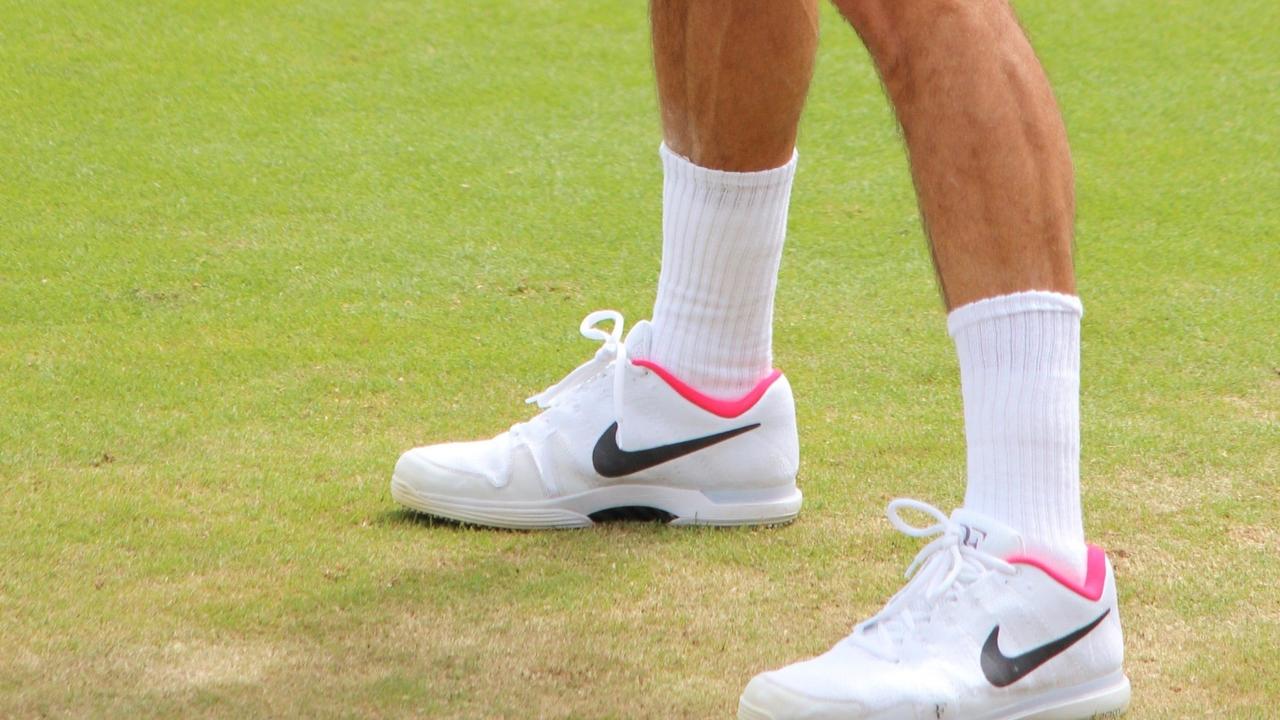Tennis Equipment - How To Choose Tennis Shoes? (part one – to be continued)
Oct 30, 2013
Shoe choice is extremely important as it can play a significant role in not only performance during activity, but it also reduces the risk of injury whilst performing.
The most common thing heard is that a shoe is simply a shoe. The Dunlop Volley is just as good as the expensive athletic shoe – this quite frankly just isn’t true. All shoes are “specific” to activities. Neither should players play tennis in running shoes nor do they run in tennis shoes. The shoe itself must be sports specific. The day of the “cross trainer” is simply over if in fact it ever had its day in the first place!
How To Choose Tennis Shoes?
What sport do I need the shoe for?
Possibly the single most important question you need to answer when buying a shoe. The force which goes through your lower limb when playing different activities changes – in saying this it is only logical that the shoe translating that force to the ground should also change. For example, RUNNING is a “sagittal” plane sport. This means you generally run straight ahead with very little sideways or “transverse” plane movement. When you run there can be easily 3-5 times your body weight distributed via your feet in a sagittal plane. The shoe must assist with translating this force (which could be upwards of 500+kgs) successfully to the ground to allow movement. In stark contrast, TENNIS is a predominant side to side or “transverse” plane dominant sport, which incorporates faster or more sudden movements as well as lunges, jumping, and twisting. The forces during tennis differ greatly in their translation to the ground than those during running – hence so the shoes themselves specific to each activity should differ.
Keep it simple – playing tennis? Get a court shoe. Playing football? get a football boot. Running a half marathon? ……you get the idea…..right, but in any sports category, there will be thousands of shoes. For example, your local shoe store will have over 150+ shoes just for running. So how to know which shoe is right for playing tennis?
Here are some general pieces of advice or rules you may follow if you have no problems.
Here we will give you 5 SIMPLE TIPS you need to take into consideration when choosing a shoe.
1) Ensure the shoe has a firm heel counter. This is the bit at the back of the shoe where your heel sits. The top of it can be cushioned and soft but the part that connects to the shoe should be firm enough that you can't push it or bend it. It should be made of a firm plastic.
2) If you are running/walking only ensure the shoe bends at the toe level of the shoe. To do this pick the shoe up and bend it in your hands. It should bend where your toes bend. Also, try to bend it in the middle – walking/running shoes should not bend through the midsection, if you can fold a shoe-in half – don’t purchase it! The only exception to this rule is tennis/court shoes. They can have some more flex through the midsection of the shoe and are generally stiffer at the toe section. This is to accommodate the specific mechanics of your foot during those sports and is acceptable.
Look out for TIPS 3, 4, and 5 for "WHEN BUYING A TENNIS SHOE" and dollar for dollar some of the BEST TENNIS SHOES ON THE MARKET THIS YEAR, in our next blog.
How To Choose Tennis Shoes part 2 - go here
Before purchasing any tennis shoes, tennis training equipment, etc we always recommend you ask for advice from your tennis coach or tennis conditioner.


